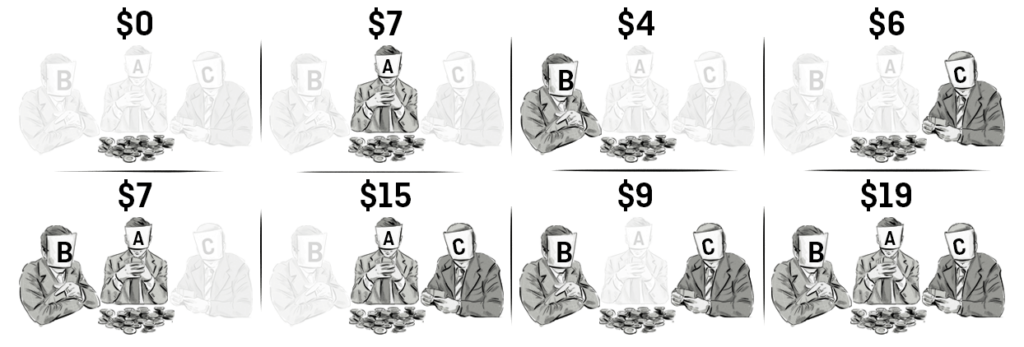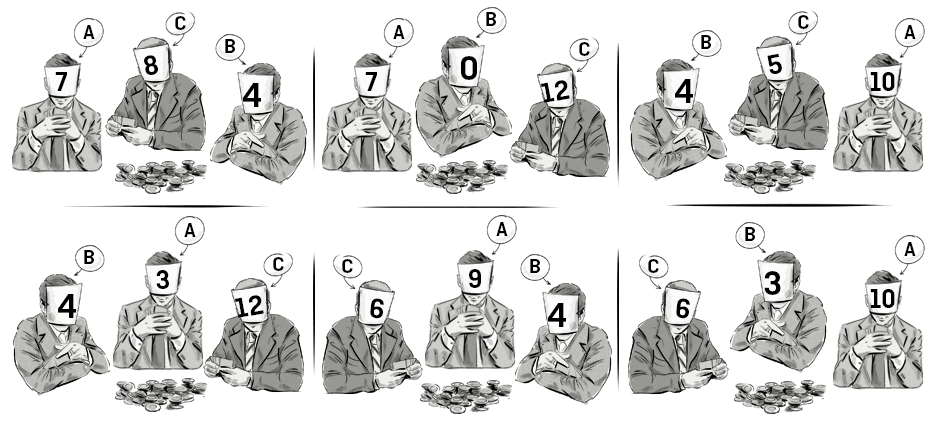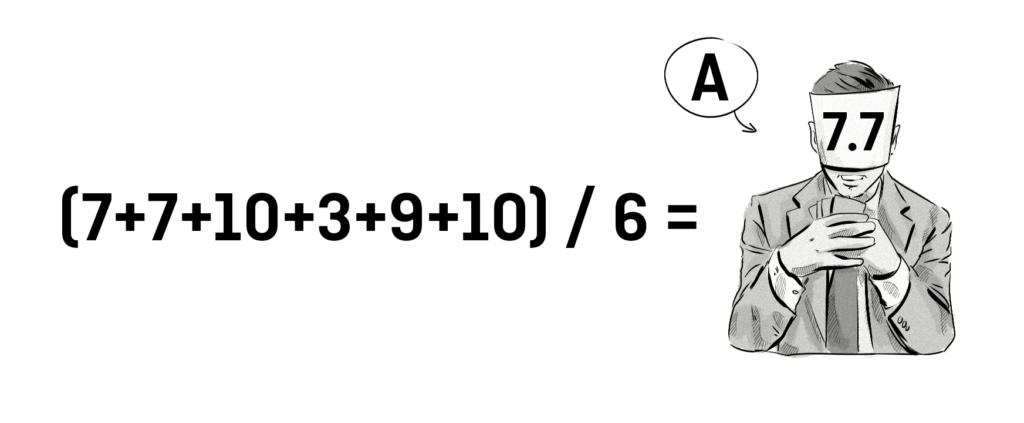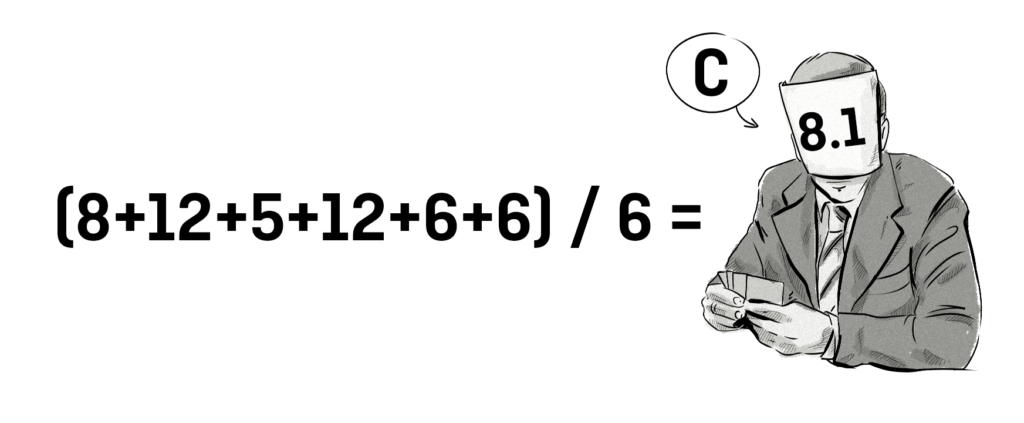As an online marketer, how do you attribute conversions and assign credit to the different channels in your conversion paths?
Do you use the obsolete last-click attribution model? Or the equally flawed first-click attribution model?
Attribution is hard enough without using the over-simplistic attribution models that currently exist.
But imagine if instead of using an attribution model that unfairly gives credit to different channels in a customer’s journey you could use one that assigns credit based on actual influence?
Enter game theory attribution.
What Is Game Theory?
Game theory is “the study of mathematical models of conflict and cooperation between intelligent rational decision-makers.”
– Myerson, Roger B. (1991). Game Theory: Analysis of Conflict, Harvard University Press
Game theory is used in a number of different fields, including economics, psychology, political science, poker, biology, and computer science.
Game theory can be used in either competitive or cooperative situations.
In cooperative situations, something known as the Shapley value (named after game theorist and Nobel prize winner Lloyd Shapley) is used to fairly distribute credit or value to each individual player/participant.
Here’s a quick recap of how game theory and the Shapley value was applied to the card game:
You first start by identifying each player’s contribution when they play individually, when 2 play together, and when all 3 play together.

Then, you need to consider all possible orders and calculate their marginal value – e.g. what value does each player add when player A enters the game first, followed by player B, and then player C.
Below are the 6 possible orders and the marginal value each player adds in the different combinations:

Now that we have calculated each player’s marginal value across all 6 possible order combinations, we now need to add them up and work out the Shapley value (i.e. the average) for each player.
Here’s how it looks:



Now that we have worked out the Shapley value for each player, we can clearly see the true contribution each player made to the game and assign credit fairly. In this example, player C contributed the most, followed by A, then by B.
How Can Game Theory Be Applied To Attribution?
The main problem with the current, predefined attribution models is that they don’t take into account each touchpoint’s influence in the overall customer journey.
For example, with the first-click attribution model, the first interaction a customer has in their customer journey is given all the credit for the eventual conversion, when in fact it may have been the second to last and last interaction that actually influenced the customer to convert (e.g. purchase a product from an ecommerce store).

And while custom attribution models, like those found in Google Analytics, allow you to create custom rules to change how credit for each touchpoint is awarded (e.g. by applying user engagement metrics), they don’t take into account the individual and combined influence of all the touchpoints in a conversion path.
As game theory attribution assigns (with the help of algorithms and the Shapley value) each touchpoint fair credit for a conversion based on their true contribution, it paints a clearer and more accurate picture of the custom journey and identifies which touchpoints perform the best and which ones don’t.
So now let’s take a look at how the same channels could fare when we apply game theory attribution and the Shapley value to them:

As you can see, all of the different touchpoints have been given different percentages of credit for the conversion.
The obvious main advantage of game theory attribution is that it assigns more accurate and fairer credit to each touchpoint than traditional, predefined attribution models – therefore allowing you to distribute marketing funds in a more, shall I say, data-driven way.
However, game theory attribution, just like all attribution models, does have its flaws. For instance, it calculates value based on previous observations – i.e. the Shapley value states that the value of an AdWords ad will be the same when followed by a direct visit and a paid search ad – but this order won’t influence every consumer in the same way every time.
So is game theory the perfect solution to the cross-channel attribution problem? No, but it’s certainly a lot better than the other ones out there like last-click and first-click.
The truth is that attribution in advertising and marketing will always be something marketers improve, rather than perfect, and game theory attribution is a big improvement.








